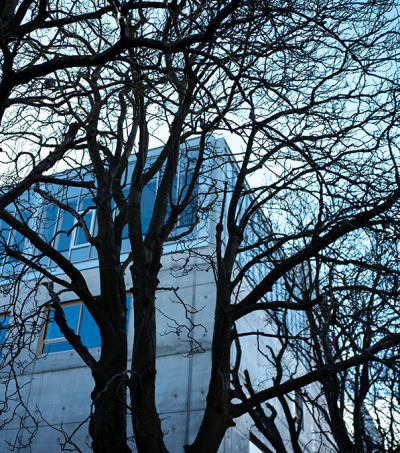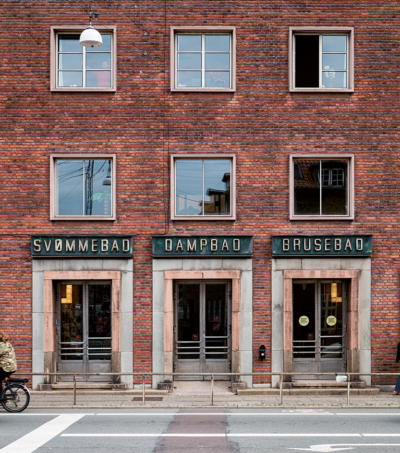The project presents three different proposals for future scenarios for East Jutland:
- East Jutland with environment and nature as drivers
- East Jutland – Europe’s new competitive region
- Good everyday living in the intimate welfare city
‘Today, East Jutland is a coherent labour and housing market. People commute in all directions and the number of people who live in one municipality and work in another is rapidly increasing. This requires a good framework for mobility and gives citizens more opportunities to live and work in different places. One of the benefits of the functional network city that East Jutland has developed into is that individual municipalities and companies can borrow labour, infrastructure and services from each other’, says Tom Nielsen, professor, Aarhus School of Architecture.
The Sustainable Development Goals
The project is based on the climate changes we are in the middle of. The work of solving the global challenges and, among other things, implementing the UN’s Sustainable Development Goals and the binding sustainability initiatives of The Paris Agreement is one of the biggest changes we as a society have had to implement and contribute to.
‘The project has created an entirely new and updated foundation for our discussions. Not least in relation to the UN Sustainable Development Goals and the sustainability agenda, which is the focal point globally, but certainly also regionally and locally. The world is changing all the time, and we need to form partnerships in entirely new ways to achieve the goals we have set ourselves. This brings about entirely new demands for action and is of great significance to the structures, business communities, and individual citizens of Business Region Aarhus and The Triangle Region’, says Jacob Bundsgaard, vice-chairman of Business Region Aarhus and mayor of Aarhus Municipality.
Nina Kovsted Helk, CPO, Realdania, continues: ‘In both Denmark and the rest of Europe, urban regions work together to offer the best conditions for development and provide citizens with attractive opportunities to fulfil the potential of their lives. In Denmark the bar is high when it comes to meeting goals for climate and quality of life. To achieve these goals, sharing visions and cooperating across municipalities in East Jutland is strong and important work.’
Facts
The East Jutland Metropolitan Area comprises a total of 19 municipalities. Combined this amounts to approximately 1.5 million inhabitants, 700,000 jobs, and a total area of around 11,500 square kilometres. The area is today Denmark’s largest unified growth area outside the Copenhagen Metropolitan Area.
The Triangle Region, Business Region Aarhus, Aarhus School of Architecture and Realdania have teamed up to prepare a proposal for a joint structural image of East Jutland. To begin with, the collaboration culminated in an analysis that shows the potential of creating a shared structural image of East Jutland Metropolitan Area.
The analytical work has been carried out by a project group consisting of Tom Nielsen, professor at Aarhus School of Architecture, Urban Planning Consultant Holger Bisgaard, and Architect Boris Brorman Jensen. An advisory board for the analytical work consisting of representatives from the two business regions, municipalities and selected professionals has followed and advised the task group along the way. Furthermore, three major workshops for professionals from the 19 municipalities involved in the project were held in the spring of 2019. The project is carried out in collaboration with The Danish Town Planning Institute, which is affiliated with the project as its secretariat.
The project Den Østjyske Millionby is based on analyses of business structures, urban structures, green and blue landscape structures, energy and supply structures, as well as the aspects that tie it all together: mobility structures and infrastructures.
The results of the project are presented as two main parts: ‘ATLAS OVER ØSTJYLLAND’ (Atlas of East Jutland) – a collection of all the data gathered and used in the project. The three suggested future scenarios have been compiled in a report which is available here.





